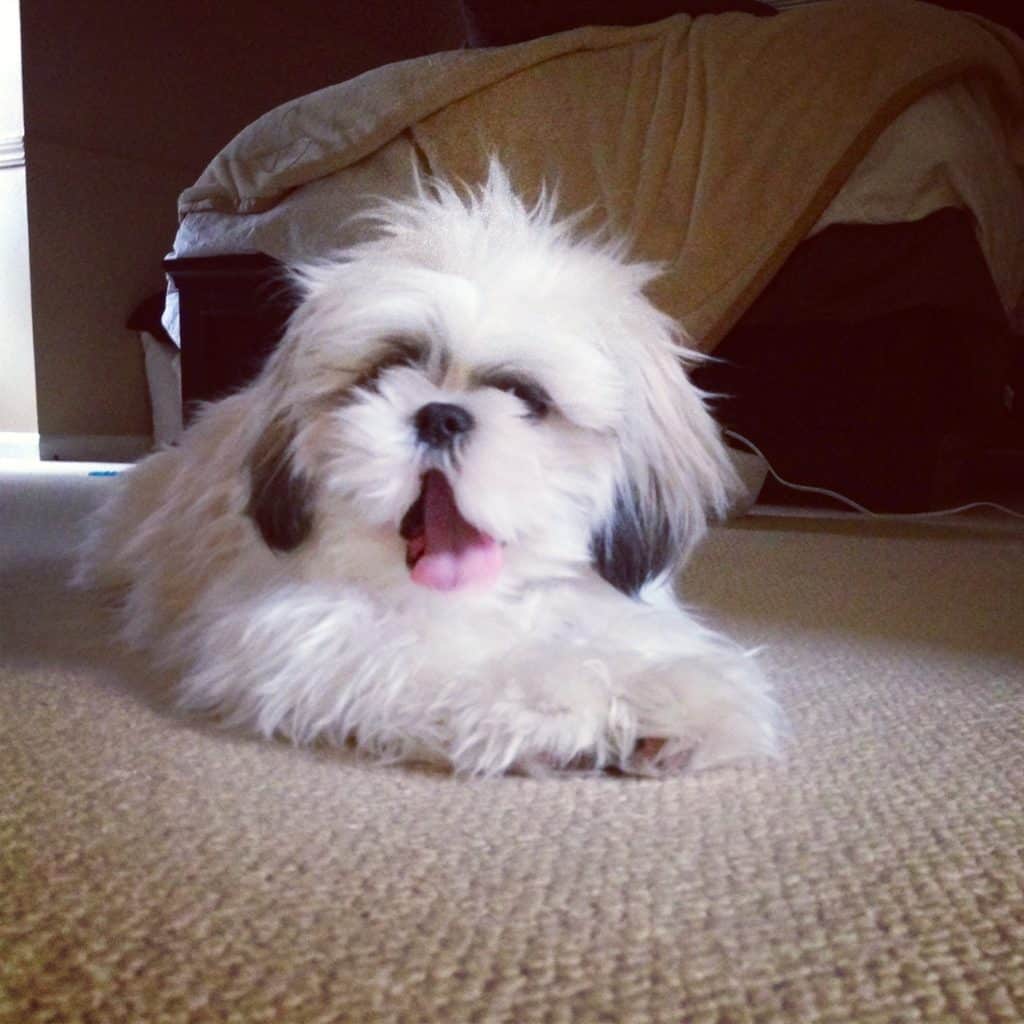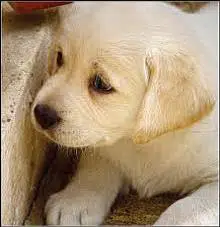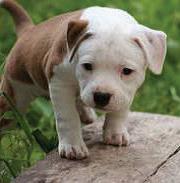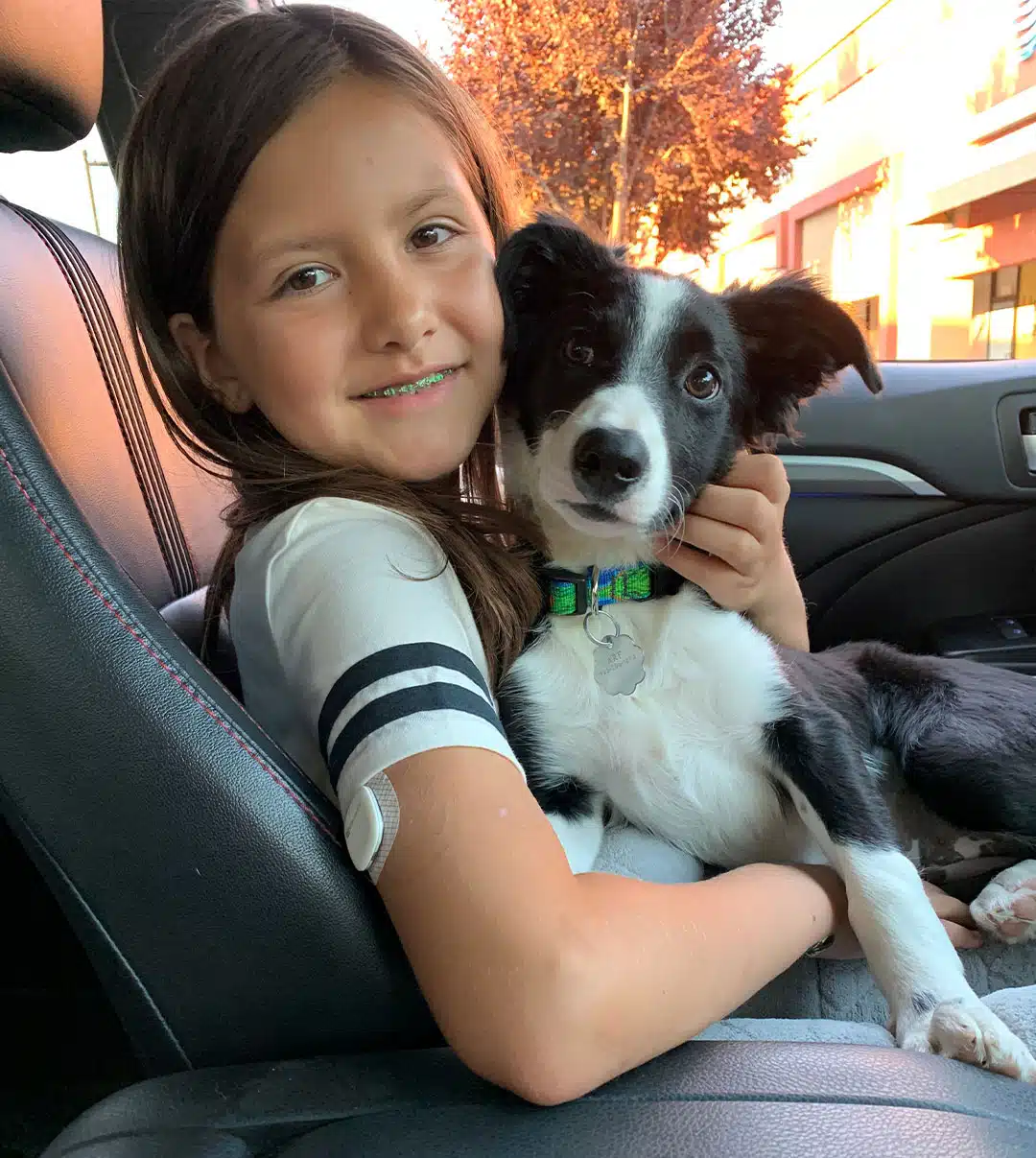Little Puppy in the Big World

Socialization is one of the single most important jobs of a puppy parent. Puppies have a critical socialization period that runs roughly from age three weeks to three months. During this sensitive time a puppy is developing their early view of the world around them and making associations that will carry on into adulthood.
Young puppies are primed to be open to new people, dogs, animals, environments and other experiences. As puppies grow older this acceptance of new things will fade. Fear becomes the default response to new stimuli that the dog was not exposed to as a puppy. The more you can expose your puppy early on the less fearful he will be as an adult.
It is also important to keep in mind that not all socialization is good. Although puppies are typically more accepting of new things, it is possible for them to feel scared and overwhelmed in certain situations. Those negative events can later lead to fear and phobias that can be much more difficult to deal with when they become adults.
As a puppy parent, your job is to expose your puppy to as many new things and ensure that the socialization process is a positive and fun experience. The time and effort you dedicate to early socialization will pay off big!
Puppy Talk
Knowing how to read and react to puppy body language will enable you to be smart about socializing your puppy.

This puppy is shifting their weight and their ears are back. They are scared and uncomfortable.

Some puppies will show their belly of lift their paw to show they are uncomfortable.

This puppy chooses to watch from a safe place. They aren’t ready to explore the environment.

Some puppies need time to cautiously investigate. Use treats to encourage and build confidence.
A Charted Journey
Socializing your puppy is a big task and equally important. Your puppy is always learning, so start socialization and training as soon as the puppy comes home. Remember, the goal is that the puppy has positive experiences, not neutral or bad ones. You can pay attention to your puppy’s body language to give you clues about his comfort level. Use treats generously to help form positive associations. If your puppy is scared or uncomfortable, immediately create space between your puppy and the scary thing. Once he is relaxed you can encourage him to approach by using treats. Never force a puppy to interact with something that may be scary to him.
Feel free to use our socialization charts to keep track of your puppy’s progress. You can grade your puppy’s response to each exposure or just check them off as you go.
- If your puppy responds with over arousal (growling, nipping, barking, struggling, lunging), rate the exposure a 1.
- If your puppy responds with avoidance (struggling, hiding, hesitation, refusal to approach), rate the exposure a 2.
- If your puppy responds with freezing (holding still while not accepting treats, moving slowly, acting sleepy when they shouldn’t be tired), rate the exposure a 3.
- If your puppy responds in a calm, relaxed manner with treats (playful, exploring, focused on the food), rate the exposure a 4.
- If your puppy responds in a calm, relaxed manner with no treats (playful, exploring, even without food to motivate them), rate the exposure a 5.
Ways to Handle Your Puppy:
| Massage Ears | ||||||||||||||||||||
| Examine Mouth and Gums | ||||||||||||||||||||
| Open Eyelids | ||||||||||||||||||||
| Touch Nose | ||||||||||||||||||||
| Touch Between Toes | ||||||||||||||||||||
| Handle and Trim Toenails | ||||||||||||||||||||
| Cradle like a Baby | ||||||||||||||||||||
| Tug Tail Lightly | ||||||||||||||||||||
| Gently Grab Body Parts | ||||||||||||||||||||
| Lightly Grab Collar | ||||||||||||||||||||
| Hold Head | ||||||||||||||||||||
| Give Belly Rub | ||||||||||||||||||||
| Wipe Body with Towel | ||||||||||||||||||||
| Put on Harness | ||||||||||||||||||||
| Put on Head Halter |
People to Introduce Your Puppy to:
| Women | ||||||||||||||||||||
| People of Other Ethnicities | ||||||||||||||||||||
| Tall Men | ||||||||||||||||||||
| Men with Deep Voices | ||||||||||||||||||||
| Older Adults | ||||||||||||||||||||
| People Running | ||||||||||||||||||||
| Infants (Crawling) | ||||||||||||||||||||
| Toddlers (Walking, Squealing) | ||||||||||||||||||||
| Children (Standing, Playing) | ||||||||||||||||||||
| Teenagers | ||||||||||||||||||||
| People Wearing Hats or Helmets | ||||||||||||||||||||
| People Wearing Hoodies or Heavy Coats | ||||||||||||||||||||
| People Wearing Backpacks | ||||||||||||||||||||
| People Wearing Sunglasses | ||||||||||||||||||||
| People Using Canes, Walkers, or Crutches | ||||||||||||||||||||
| People Wearing Costumes |
Sounds to Expose Your Puppy to:
| Doorbell Ringing | ||||||||||||||||||||
| Phone Ringing | ||||||||||||||||||||
| Babies Crying | ||||||||||||||||||||
| Garage Door Opening | ||||||||||||||||||||
| Jackhammer / Construction Noises | ||||||||||||||||||||
| Shopping Carts | ||||||||||||||||||||
| Vacuum Cleaner | ||||||||||||||||||||
| Beeping (Microwave, Alarm) | ||||||||||||||||||||
| Washing Machine / Dryer | ||||||||||||||||||||
| Clapping | ||||||||||||||||||||
| Sirens | ||||||||||||||||||||
| Fire Alarms |
Wheeled Objects to Show Your Puppy:
| Skateboards | ||||||||||||||||||||
| Rollerblaodes | ||||||||||||||||||||
| Rolling Garbage Bins | ||||||||||||||||||||
| Shopping Carts | ||||||||||||||||||||
| Wheel Chains | ||||||||||||||||||||
| Bikes | ||||||||||||||||||||
| Cars | ||||||||||||||||||||
| Buses / Trucks | ||||||||||||||||||||
| Motorcycles / Scooters | ||||||||||||||||||||
| Trains |
Other Objects to Show Your Puppy:
| Pots and Pans | ||||||||||||||||||||
| Blankets or Rugs Being Shaken | ||||||||||||||||||||
| Brooms and Mops | ||||||||||||||||||||
| Balloons | ||||||||||||||||||||
| Umbrellas | ||||||||||||||||||||
| Plastic Bags | ||||||||||||||||||||
| Sidewalk Signs | ||||||||||||||||||||
| Paper Bags | ||||||||||||||||||||
| Car Keys | ||||||||||||||||||||
| Automatic Doors |
Toys to Let Your Puppy Play With:
| Fuzzy Toys | ||||||||||||||||||||
| Big Exercise Balls | ||||||||||||||||||||
| Tennis Balls | ||||||||||||||||||||
| Hard Toys | ||||||||||||||||||||
| Squeaky Toys | ||||||||||||||||||||
| Rope Toys / Tug Toys |
Places to Take Your Puppy:
| Suburbs | ||||||||||||||||||||
| Residentail City Streets | ||||||||||||||||||||
| High Traffic City Streets | ||||||||||||||||||||
| Mall Parking Lots | ||||||||||||||||||||
| Inside Buildings |
Experiences to Let Your Puppy Have:
| Fun Crate Training | ||||||||||||||||||||
| Going Up and Down Stairs | ||||||||||||||||||||
| Going In and Out of Doorways | ||||||||||||||||||||
| Getting a Bath | ||||||||||||||||||||
| Playing Hide and Seek | ||||||||||||||||||||
| Going Through a Tunnel | ||||||||||||||||||||
| Climbing Over an Obstacle | ||||||||||||||||||||
| Walking on a Wobbly Surface |
Types of Dogs to Let Your Puppy Meet:
| Unfamiliar Dogs | ||||||||||||||||||||
| Small Dogs | ||||||||||||||||||||
| Big Dogs | ||||||||||||||||||||
| A Dog Who Corrects with Force | ||||||||||||||||||||
| Other Puppies |
Other Types of Animals to Let Your Puppy Meet:
| Cats | ||||||||||||||||||||
| Horses | ||||||||||||||||||||
| Birds / Ducks | ||||||||||||||||||||
| Small Animals | ||||||||||||||||||||
| Livestock |
Surfaces for Your Puppy to Walk On:
| Concrete | ||||||||||||||||||||
| Slippery Floors | ||||||||||||||||||||
| Metal Surfaces | ||||||||||||||||||||
| Wobbly Surfaces | ||||||||||||||||||||
| Stairs | ||||||||||||||||||||
| Wet Grass and Mud |
Places to Take Your Puppy (After They’ve Finished Their Shots):
| Pet Stores | ||||||||||||||||||||
| Dog-Friendly Events | ||||||||||||||||||||
| Dog-Friendly Hikes / Trails | ||||||||||||||||||||
| Dog Parks | ||||||||||||||||||||
| Doggy Daycare |
Use yummy treats and praise when you puppy is introduced to new things and environments. If your puppy is scared or shy, move further away from the scary stimuli and give lots of yummy treats. Let your puppy choose the pace; never force your puppy to interact with something that may be scary for them.


